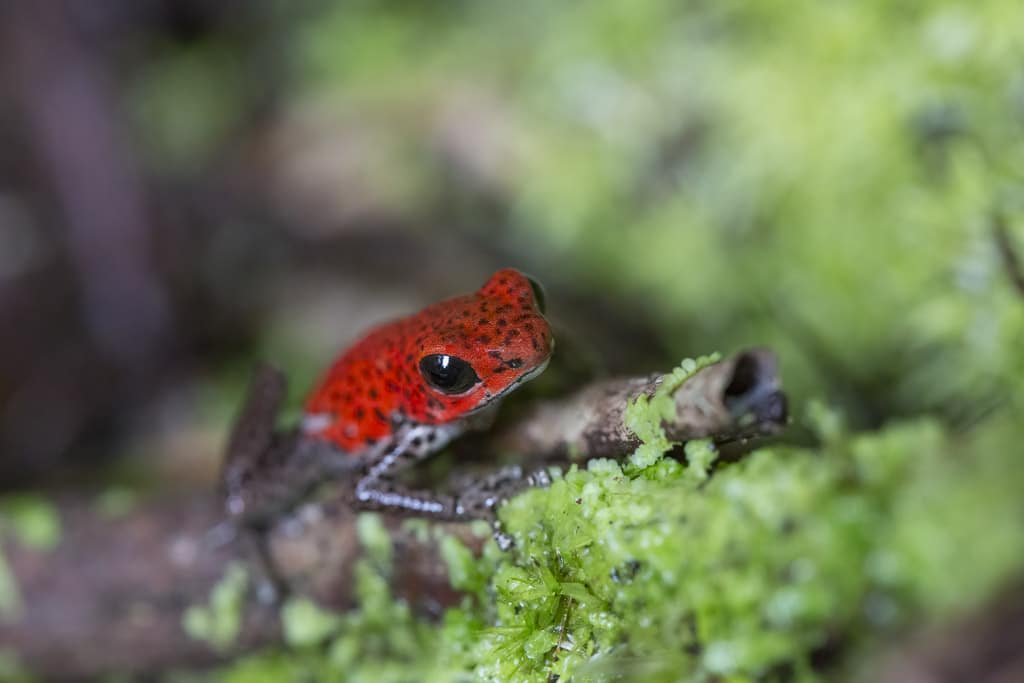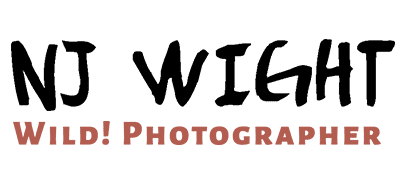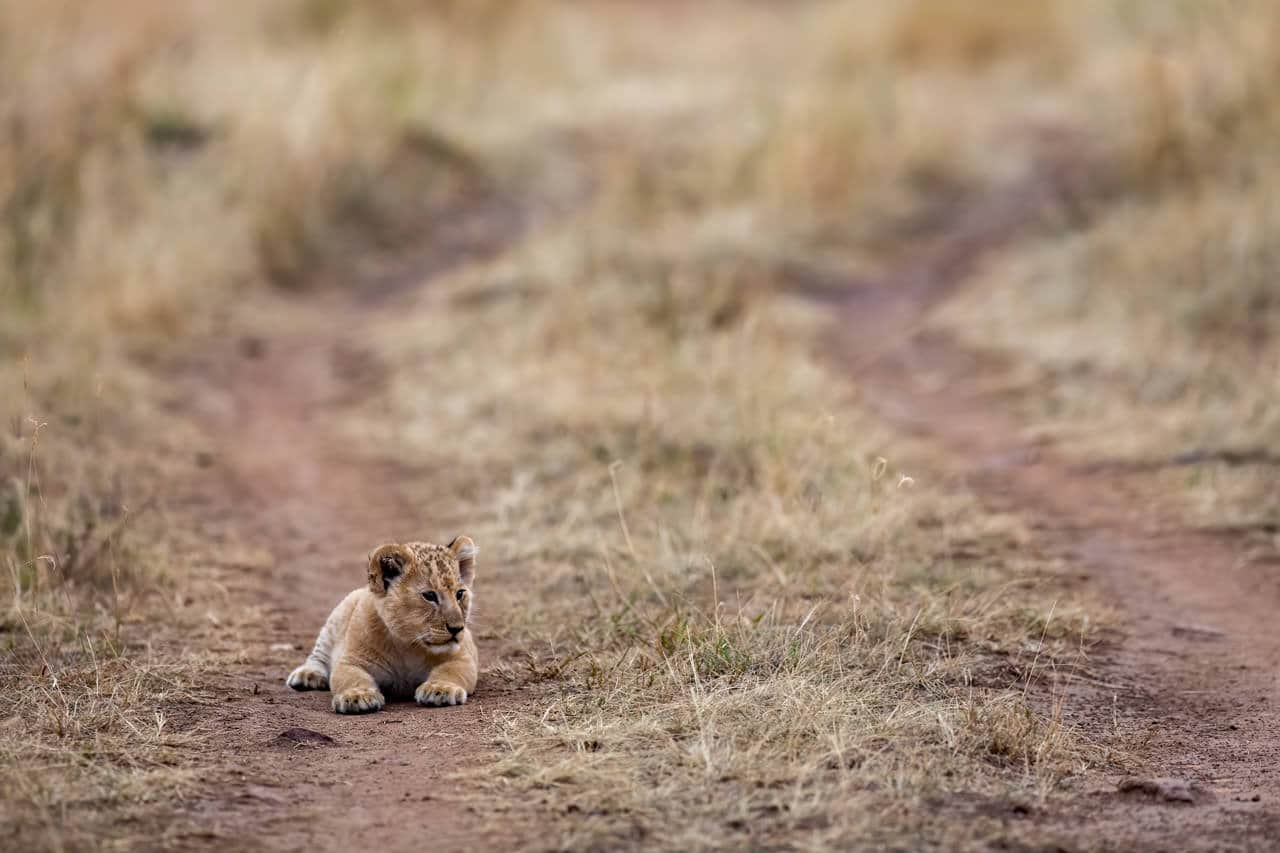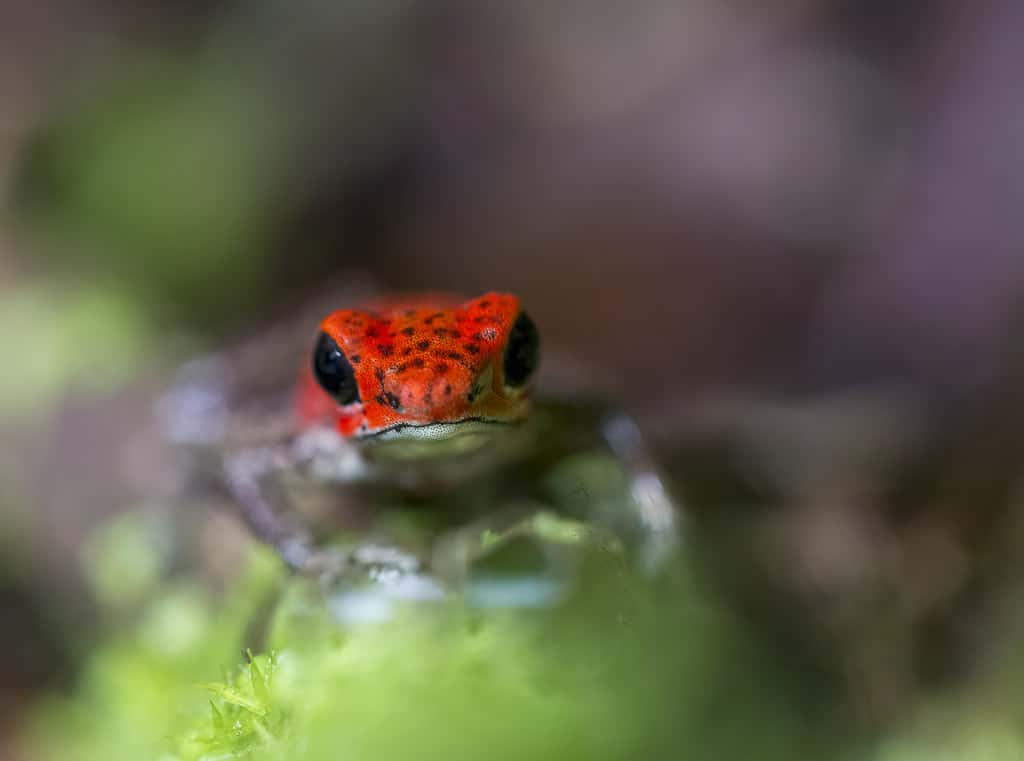Binky and the Mirror: Reflections on a Courageous Chimpanzee
If Binky had been born in the wild he would have stayed with his Mother, nursing, for up to five years. Then he would have hung around a few more years learning how to care for his younger siblings in the troop. But Binky did not grow up in the wild. In 1989, Binky was born at LEMSIP (The Laboratory for Experimental Medicine and Surgery in Primates) and was allowed to stay with his Mother, in a small cage, for only three months.
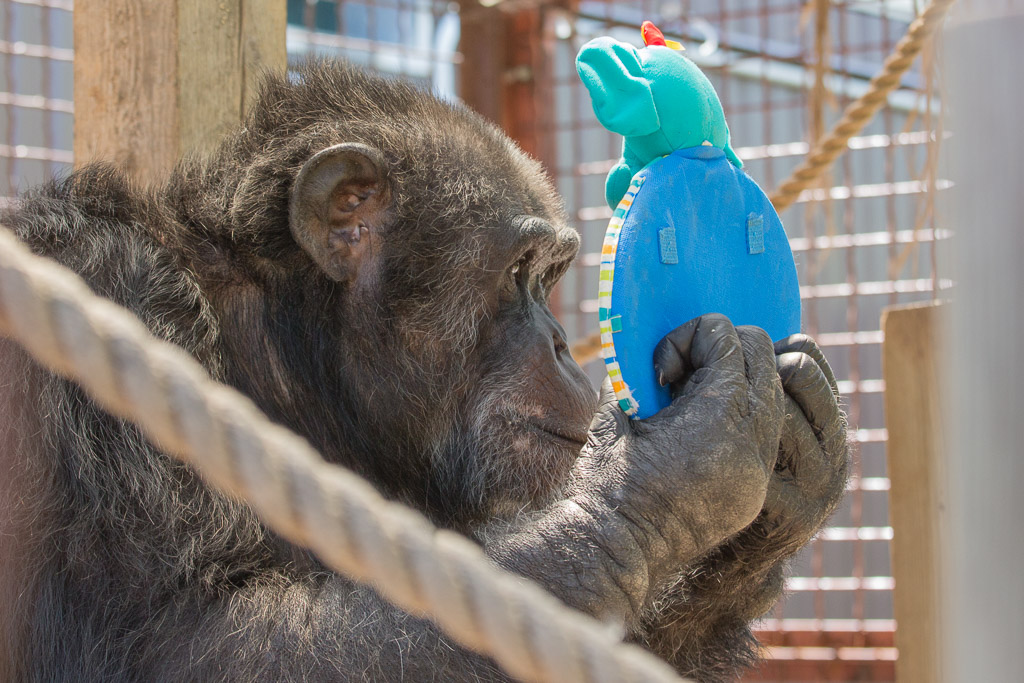
During his eight years in the lab, Ch-665 as he was called, was knocked down by dart some 136 times, mostly for cage changes and teeth cleanings. He was used in four studies in seven years and was generally considered to be a ‘well-adjusted individual’ – even though by the time he was three years old he was being treated for self-inflicted wounds.
Binky was one of the "lucky" ones. He was released into sanctuary at Fauna Foundation on September 12, 1997 when he was just eight years old. Binky has been able to live these past 20 years in a safe environment with other chimpanzees, where he is loved, respected, and given the freedom to make choices for himself. He has a better life now, but make no mistake, it is not a life of his choosing.
Mirror, Mirror...
One day while I was taking photographs at Fauna, I saw Binky walk along the skywalk above me heading towards the back islands with something blue in his hand. I was curious to see what he was up to and so, after waiting a minute or two, I quietly walked to the back enclosure to see if he was visible to photograph. When I found him he was sitting all by himself up on a platform and looking into a small plastic mirror attached to a plush elephant. I didn’t want to startle him so I started humming quietly while I slowly moved towards the opposite side of the enclosure. He looked up and saw me and watched me for a few seconds and then returned to his mirror.
I have seen the chimpanzees grooming themselves, and each other, many times, but this was a first for me. Binky was holding the mirror in one hand while he groomed his feet, carefully licking between his toes. When he was finished, he moved on to his face and then his teeth. He did not take his eye off his reflection and his expression was very thoughtful and focused.
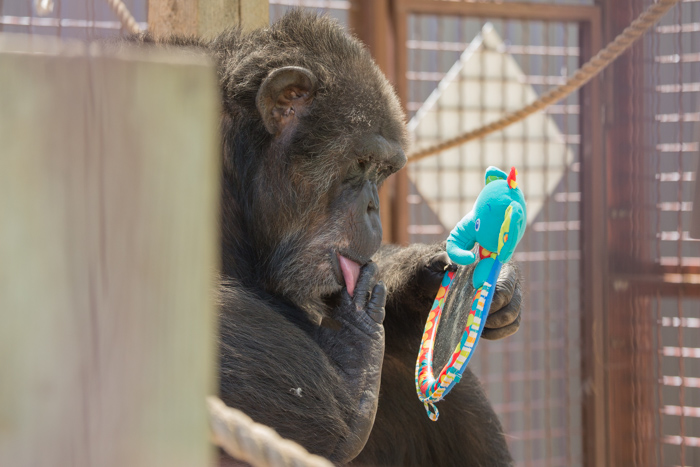
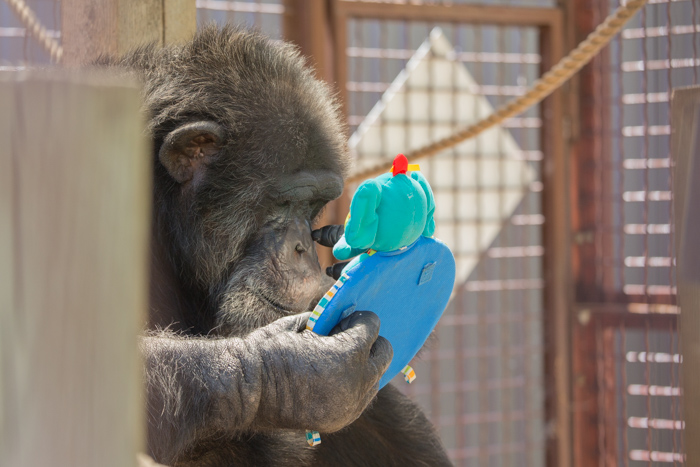
I started to click away as he continued to groom, moving slowly, trying to find small openings between the caging and surrounding gardens. I wanted to position myself in such a way that I might get lucky and capture his face in the mirror or the beautiful sunlight reflecting back.
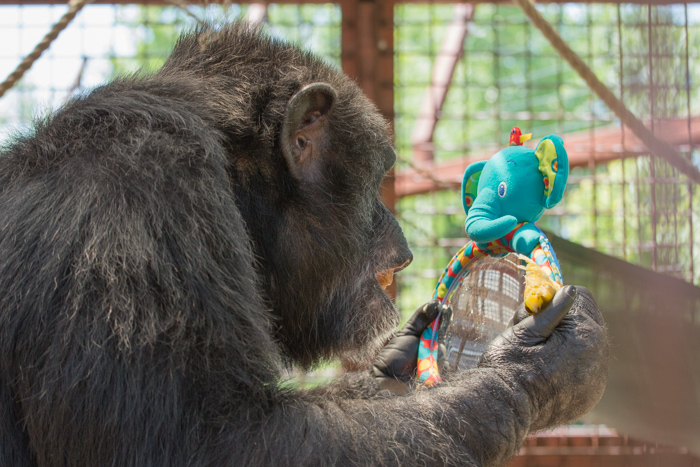
Understandably, the chimps rarely follow my art direction so I rely mostly on stamina and luck! After several minutes with my arms extended and my shoulders starting to ache a little, Binky moved the mirror to just the right spot and a bounce of sunlight lit up his very handsome face. After five years as the paparazza to the primates this photograph is certainly one of my very favourites and I was happy it was choosen for the front cover of the 2015 Fauna Annual Report.
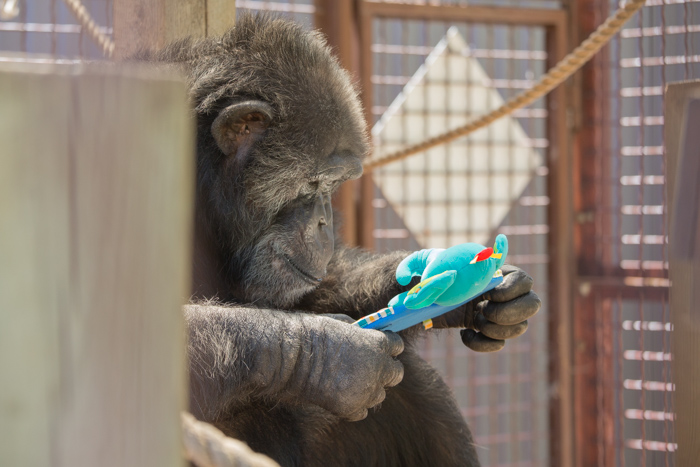
Enrichment for Chimpanzees
Enrichment, which includes activities that promote physical activity and mental stimulation, is essential for the well-being of not just the chimpanzees living at Fauna, but for all captive chimps. In the wild there are ongoing challenges to engage their intellect and in sanctuary, the Fauna caregivers work very hard to provide enrichment in various forms. (See Enrichment with Mary Lee and Tatu for more.) Plastic mirrors are a favourite for some of the chimpanzees but they enjoy lots of differnt kinds of toys. If you would like to donate enrichment items, you can consult these Everyday Items on the Fauna website.
Binky, I am blessed to know you. You are courageous, loving, kind and good. To look into your eyes is a gift to my soul.
Thank you.
This is post was originally published on www.faunafoundation.org.
Masai Mara Musings
“If I have ever seen magic, it has been in Africa.” –John Hemingway
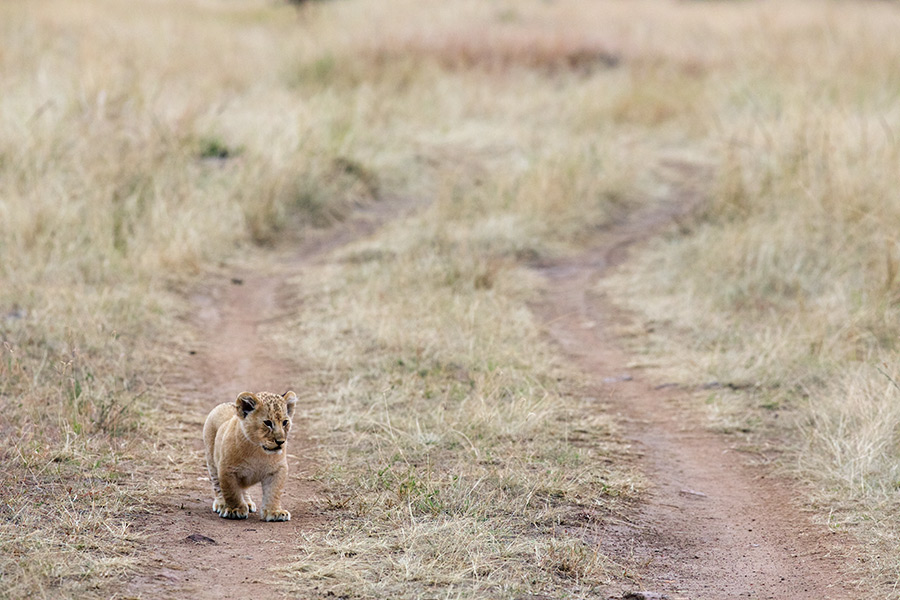
Lion Prides
During my time in the Olare and Mara North conservancies, I was fortunate to spend time with the Enkoyanai and the Iseketa-Monika prides and also visited some old feline friends from the Cheli & Peacock pride. It has always been fascinating for me to return to the same conservancies over the past three years and follow the lives of some of the resident prides. It is certainly tough going for lions these days as their numbers continue to fall with a population now estimated at around 20,000 across Africa. It is a complex challenge and lions are losing the battle to loss of habitat, conflict with humans, pesticides and big game hunting (The Economics of Hunting Lions). I am ever-thankful for my incredible Masaai guides Mika and Patrick of Kicheche Camps for their deep knowledge of the lion families and their willingness to share. They are on the front lines witnessing the stress on the balance of nature and are exceptional in their leadership and stewardship of these important lands.
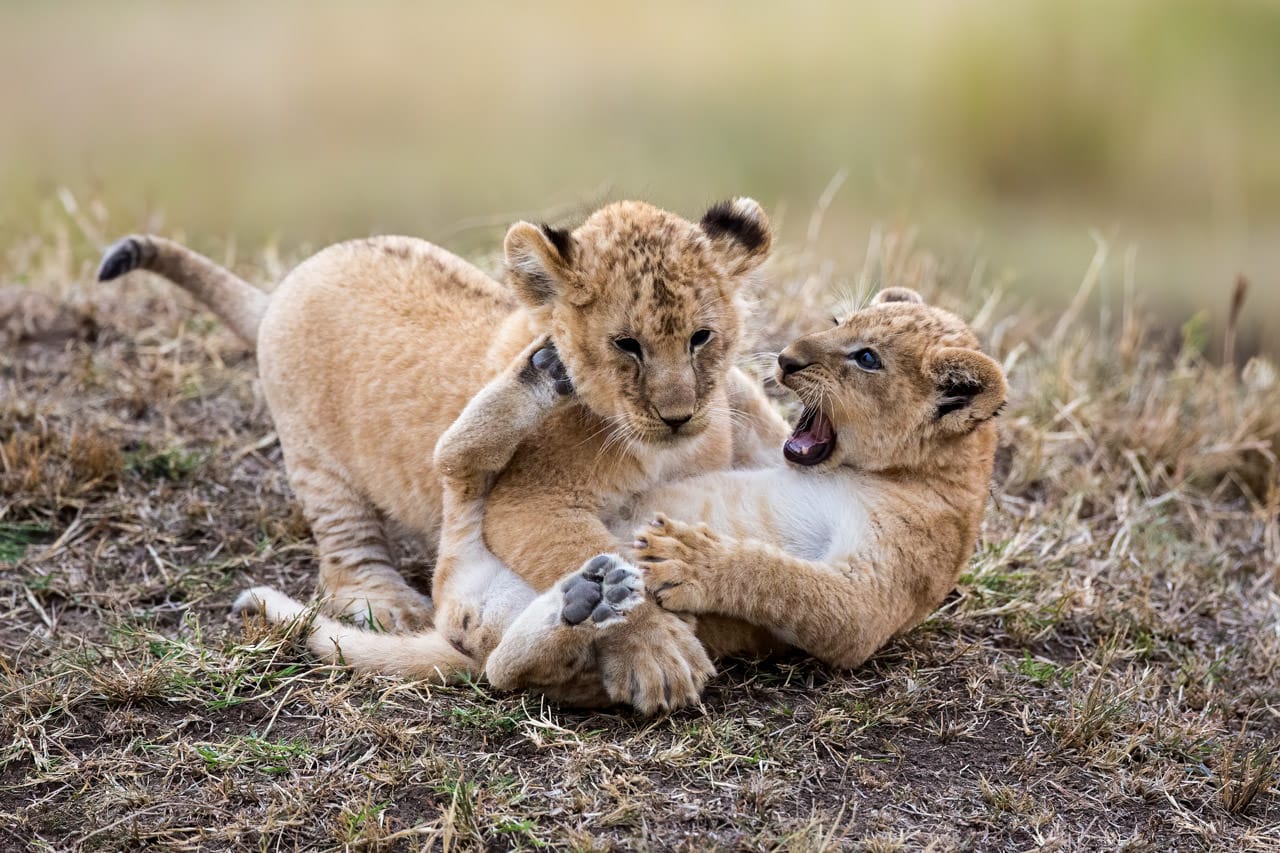
Highlights of my recent lion sightings included watching a couple of youngsters from the Enkoyanai pride in Olare Orak exploring their territory and having a tumble with each other. Another exciting lion encounter was following two big boys, Lolpapit and Barnoti, the dominant coalition in charge of the Iseketa-Monika pride in the Olare conservancy. Sure they could use a little hair product, but their strength is formidable and on this morning they were approaching the Enkoyanai pride with a mission to intimidate. (Ok, maybe not so intimidating when they took time out to wrestle with each other.)

Elephant Greetings
Another very special moment in Olare was watching two herds of elephants greet each other as daylight faded away. There was a great deal of trunk caressing and playful greetings between the adolescents and the little ones insisted on joining in where they could. The sky was overcast and there was a strange pinky-blue hue to the last light, which is so magical in the Masai Mara, making it extremely difficult to capture these living landscapes. I worked at it until the bitter end, shooting with a 300 at f2.8 and pushing ISO's as high as 10,000. While the images are technically flawed , they will serve me well as reminders of one of the most spectacular elephant sightings of my many trips.
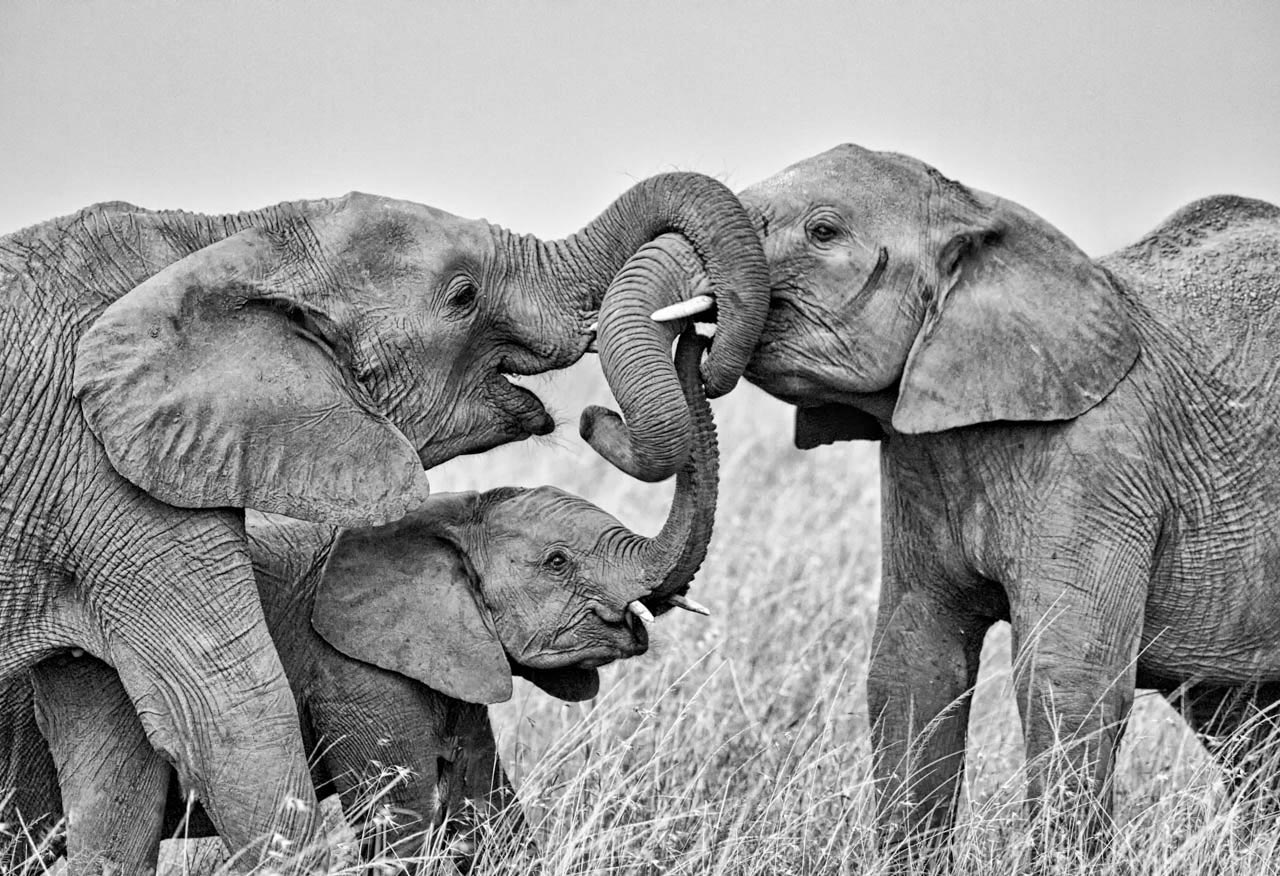
The Masai Mara on my Mind
When I get home from my adventures, I spend long days editing photos and reliving my memories. Even years later, when I look at the images, vivid memories return. It gets under your skin. The longing to return soon follows.
Photographing the Strawberry Poison Dart Frog
Oophaga pumilio, better known as the strawberry poison dart frog, is a gorgeous little amphibian-dude that lives across Central America. These are terrestrial beings–meaning, they hang out on land. They are active during the day, making it somewhat easier to go traipsing around the rainforest searching them out. What I found interesting about photographing these creatures was how accommodating they were. Aside from sitting knee-deep in mud, soggy from humidity and being gnawed on by bugs, the frogs were rather patient and engaging! Once spotted, I could generally get down on my knees and move relatively close up for a shot. They didn't seem to mind, although they certainly preferred to keep their backs to me.
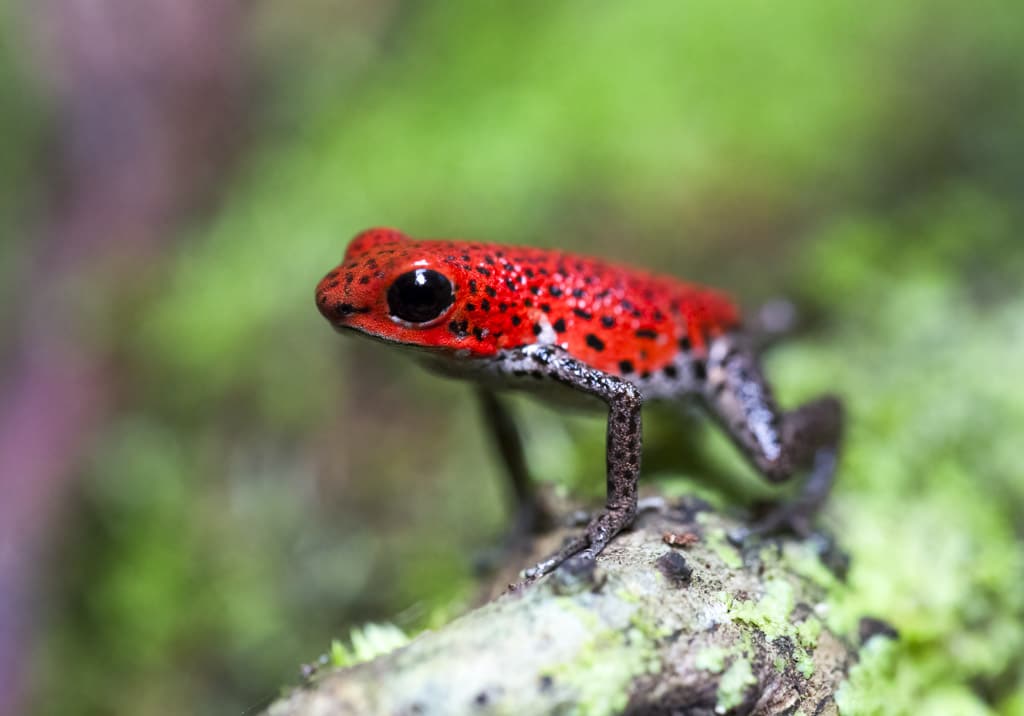
Where are you Hiding?
My first task was finding my tiny subject. Given this was a maiden voyage to their territory, (a side trip to Bocas del Toros while in Panama photographing hummingbirds) I was not exactly sure what to look for. I walked the same forest path, back and forth, without so much as a single click of the shutter. The first encounter was thanks to a naturalist that I was fortunate enough to go hiking with. He pointed out a tiny red fleck on the low branch of a tree. I had not expected them to be so tiny and bright! After this gleeful introduction, I began retracing my steps in the jungle and, suddenly, my eyes had no problem spotting several little gems.
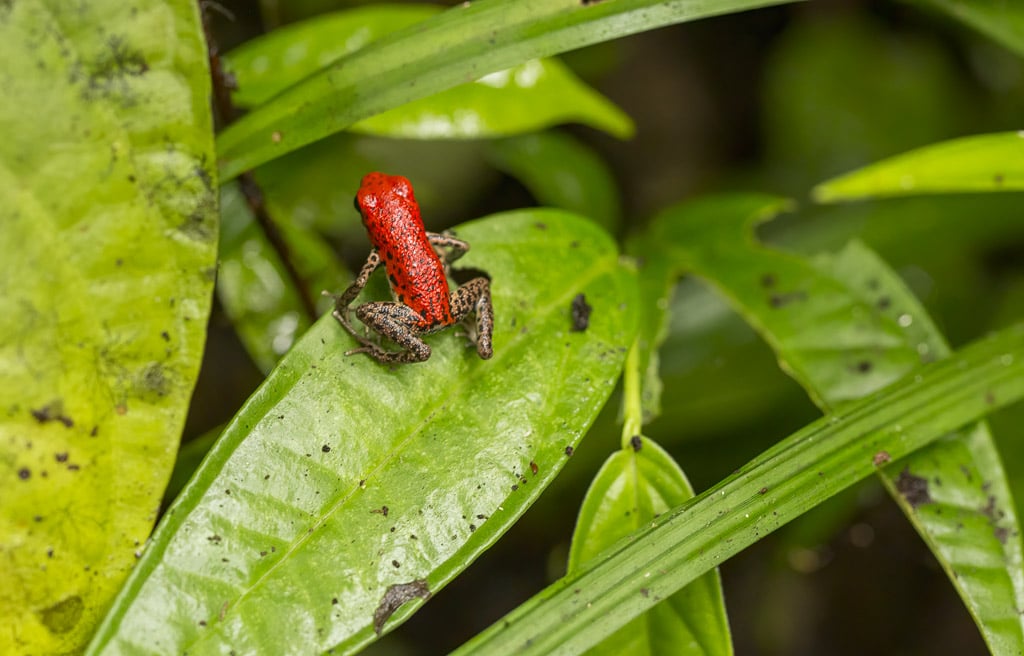
Vegetation Jewels
Poison dart frogs do like to hang out in the leaf litter. The trick to discovering them was to keep an eye on the vegetation just below my knee and slightly off the path. Their vibrant colour is a beacon in the bush! They are very tiny beings! Imagine something the size of a regular strength Tylenol, but with itsy-bitsy, silvery-blue speckled legs. The biggest challenge was getting myself close enough. Staying dry and clean was out of the question–but that's part of the fun! Balance is key when photographing something so small with a macro lens, in my case the Canon 100 f2.8 IS L.
When you are up close and absorbed in making an interesting image, it is very possible to falter and reach out to steady yourself. I am prone ot tipping over in these situations. This is not a good idea in the rainforest! You have no idea what might be hiding at the bottom of the grass that is clinging to your calves. Or, what might be fast asleep on the slippery moss of the tree trunk you grab onto.
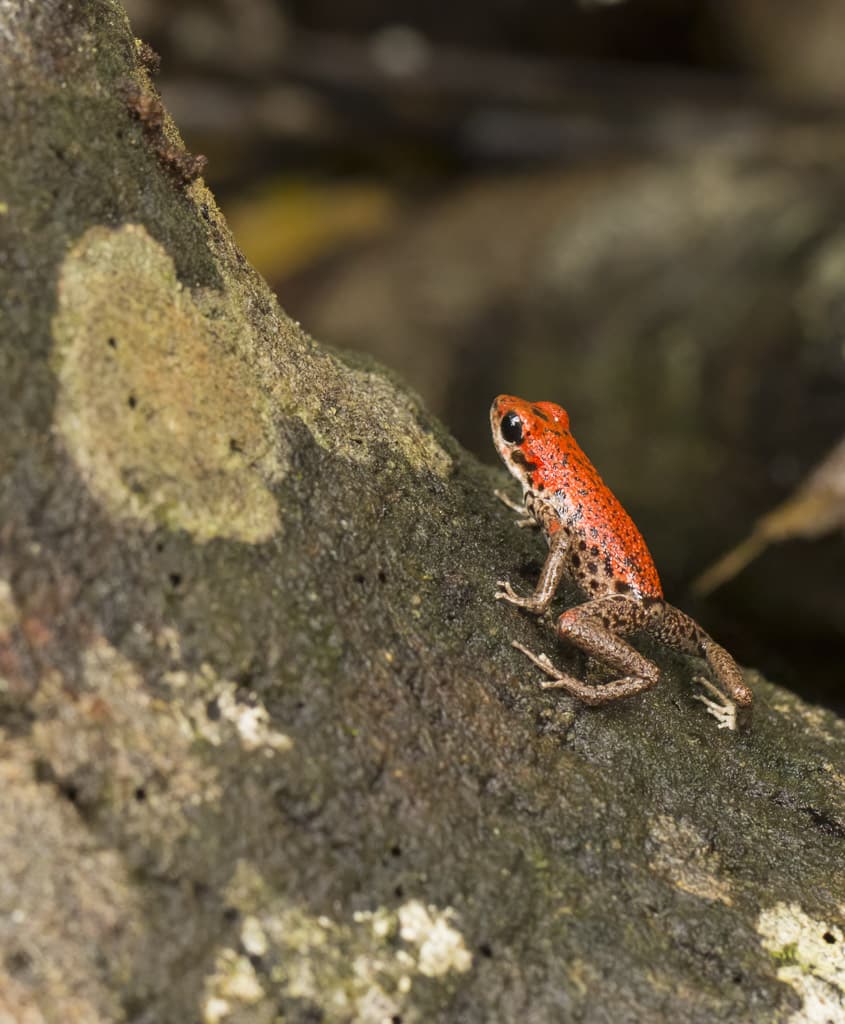
Red for Toxic!
Not to mention, be careful not to touch these little guys. The skin of a poison dart frog is toxic. Interestingly, this toxicity is not present in frogs born in captivity, leading scientists to believe the toxins form from the diet they consume in the wild. Which is where they belong. These frogs certainly put me through my paces. I tried to keep up as they squeezed between entwined vines, slipped under decaying leaves or hid on the underside of wide grass blades. It requires some elaborate body contortions to get your camera into a position low enough for a capture. With these contortions, there was no relying on tripods or monopods for stability. The pre-storm skies created further challenges with light, already in short supply under the rainforest canopy. I was pushing the ISO to 6400 and using a shallow DOF, making shooting conditions less than optimal for this subject matter.
Still, I had an absolute blast mucking about and talking quietly to coax one of these little ruby-red jewels to look me in the eyes!
